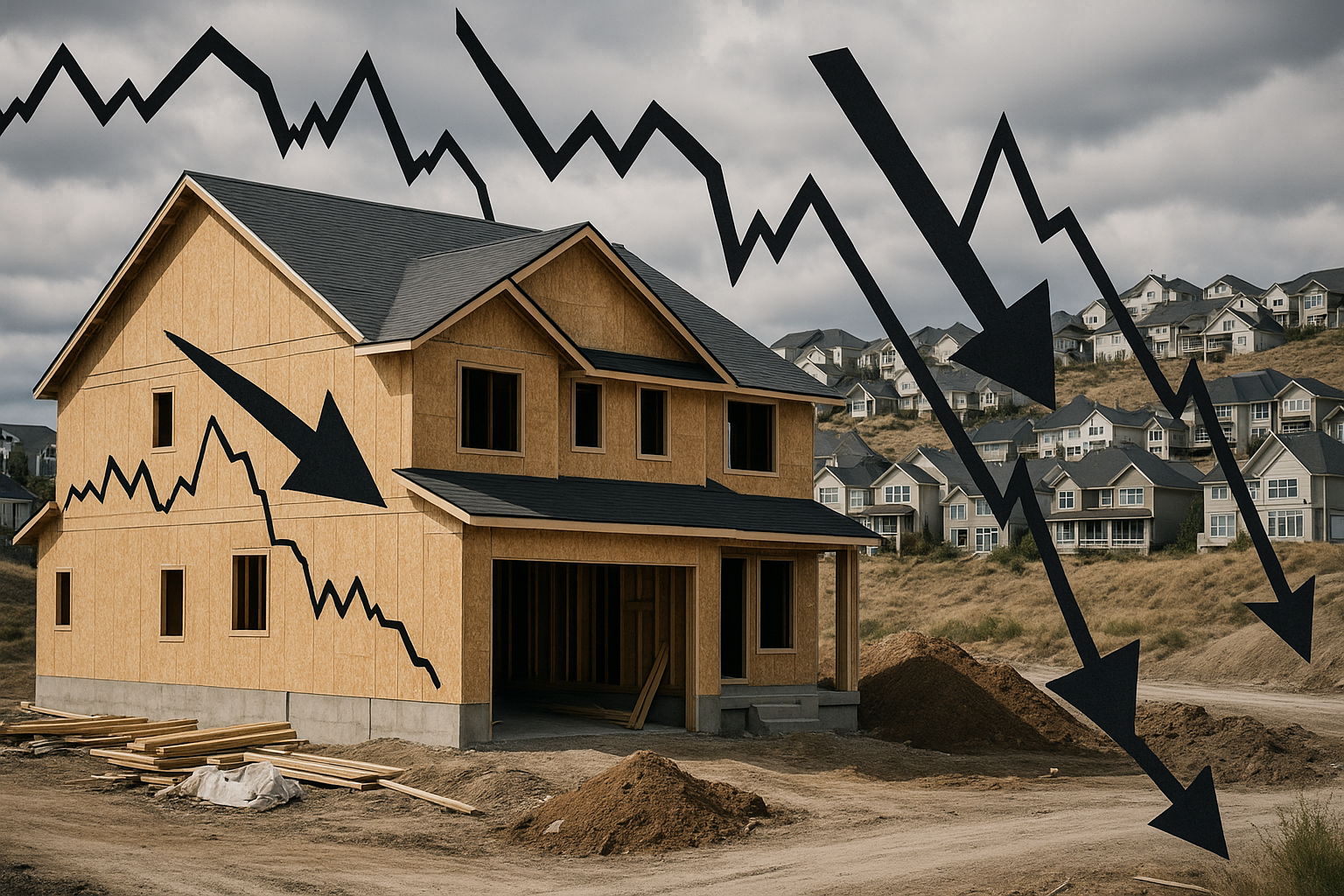When Beliefs Drive Bubbles: How Smart Monetary Policy Can Prevent Housing Market Crashes
The IMF study finds that monetary policy is far more powerful in curbing house prices in overvalued markets, especially where speculation drives short-term price surges. It concludes that timely tightening can act as a stabilizing force, deflating bubbles before they trigger deeper economic corrections.

A groundbreaking study by researchers from the International Monetary Fund (IMF), the University of California, Berkeley, and the Banco de España tackles one of the most contentious issues in macroeconomics: the interaction between monetary policy and asset overvaluation in housing markets. The paper, “Monetary Policy and Housing Overvaluation” (IMF Working Paper WP/25/207), by Nina Biljanovska, Eduardo Espuny Diaz, Amir Kermani, and Rui C. Mano, explores whether housing markets that are already overpriced react more sharply to interest rate changes. Drawing on data from 190 U.S. metropolitan areas between 1994 and 2022, the study provides striking evidence that monetary tightening is far more effective in cooling inflated housing markets, suggesting that interest rate policy can play a stabilizing role when speculation runs high.
The Case for Leaning Against the Wind
For decades, economists have argued over whether central banks should “lean against the wind”, that is, use higher interest rates to deflate bubbles before they burst. Conventional wisdom warns that monetary policy should focus on inflation and employment, leaving bubbles to be handled by regulatory tools. However, the authors challenge this view, situating their work within the context of behavioral finance research that emphasizes belief-driven cycles and extrapolative expectations. In overheated markets, investors often assume that past price increases will continue indefinitely, inflating bubbles until they collapse. The study suggests that under these conditions, monetary policy becomes state-dependent, meaning its effects vary depending on whether markets are rationally priced or excessively optimistic.
A Deep Data Dive into America’s Housing Landscape
To explore these dynamics, the researchers construct a remarkably comprehensive dataset spanning nearly three decades. Real house prices are drawn from Freddie Mac indices, while rents come from the U.S. Department of Housing and Urban Development’s Fair Market Rent data. Investor behavior is tracked through the Home Mortgage Disclosure Act (HMDA), distinguishing between owner-occupied and non-owner-occupied loans, a crucial indicator of speculative demand. The analysis also controls for regional employment, population changes, and supply constraints, using metrics like the Wharton Land Use Regulatory Index and Saiz’s measure of housing supply elasticity.
To isolate the true effects of monetary policy, the authors examine three types of interest rate shocks: high-frequency movements around Federal Open Market Committee (FOMC) announcements, narrative shocks from Romer and Romer (2004) capturing unanticipated policy changes, and deviations between Federal Reserve decisions and Bloomberg forecasts, as identified by De Stefani and Mano (2025). Using a sophisticated Local Projections Instrumental Variable (LP-IV) framework, they estimate how these shocks impact real house prices depending on the degree of local overvaluation.
When Rates Rise, Overvalued Markets Fall Harder
The results reveal a clear pattern: housing markets with high price-to-rent ratios (PRRs), a standard measure of overvaluation, respond much more strongly to rate hikes. A 25-basis-point increase in the policy rate causes an additional 0.7 to 1 percentage point decline in real house prices in highly overvalued cities over three years. When the PRR exceeds its long-term trend by one standard deviation, the drop deepens to 2–3 percentage points. This suggests that sentiment-driven exuberance amplifies the effect of monetary tightening, as inflated expectations collapse under the weight of higher borrowing costs.
The findings also uncover the pivotal role of investors. In overheated markets, higher rates lead to a marked pullback in speculative activity: the share of non-owner-occupied mortgages falls by 0.1 to 0.15 percentage points within six quarters of a rate hike. This pattern aligns with behavioral theories where sophisticated investors exit first, while ordinary homebuyers, guided by recent price trends, adjust only after declines materialize. High PRRs also predict higher rent growth but lower future price growth, implying that speculative booms often run ahead of fundamentals before being forced to correct.
Asymmetry and Policy Lessons for Central Banks
The paper also finds signs of asymmetric effects. Tightening policy appears roughly twice as effective at cooling bubbles as easing policy is at inflating them, though the evidence is not always statistically robust. This asymmetry carries a subtle but vital message: central banks may have more power to deflate bubbles than to create them. Robustness tests, using alternative measures such as price-to-income ratios, different rent datasets, and unweighted regressions, confirm that the results hold across specifications.
For policymakers, these findings provide empirical support for a proactive stance against speculative overheating. Central banks, the study suggests, can use monetary tightening not only to fight inflation but also to stabilize asset markets. By acting early, they can temper risky investor behavior and prevent painful busts. Still, the authors caution against blanket tightening. In cities where high prices stem from structural supply shortages rather than speculation, intervention could stifle legitimate investment and housing development.
Rethinking Monetary Policy in a Behavioral World
Ultimately, the study bridges macroeconomics and behavioral finance, revealing that the power of monetary policy depends on psychology as much as on math. Biljanovska, Espuny Diaz, Kermani, and Mano demonstrate that belief-driven overvaluation amplifies the effects of interest rate changes, turning monetary policy into a natural stabilizer in exuberant times. Their message is clear: while central banks cannot prevent all bubbles, they possess a powerful tool to rein in the most dangerous ones. In doing so, the paper reaffirms a crucial link between price stability, financial stability, and the behavioral forces that shape both.
- FIRST PUBLISHED IN:
- Devdiscourse
ALSO READ
IMF Explores New Financial Pathway for Kenya
IMF hails post-pandemic recovery, warns on debt and calls for stronger fiscal reforms
IMF Staff-Level Agreement Paves Way for Ecuador's Economic Boost
IMF Reaches Staff-Level Agreement Amid Sri Lanka's Economic Reform
Low-Income Countries Struggle to Balance Inflation and Growth, Says IMF Report










